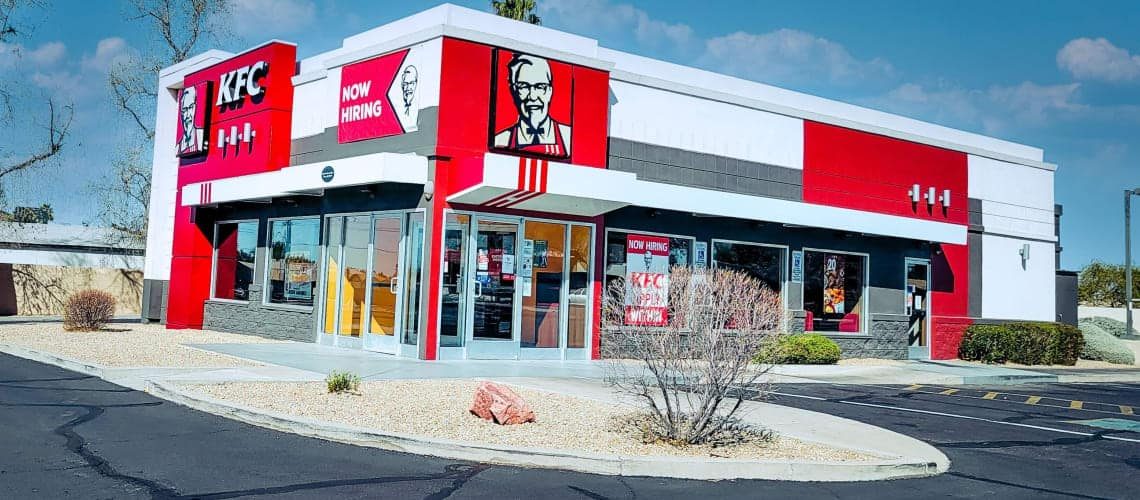Imagine if cafes, fast food outlets and restaurants could significantly reduce food safety violations and costly product losses. Continuous temperature monitoring sensors provide more precise time and temperature control in restaurant kitchens. This directly improves food safety, reduces food spoilage, and saves time for legal record keeping requirements if audited. However, only 5% of restaurants and hotels use automated temperature sensors. The big players like McDonalds, KFC, Burger King all make use of this technology to keep the customers safe and reduce overheads in their businesses, but why are they better than manually taking the temperature ?
Food service workers must use continuous temperature monitoring sensors to ensure food safety and prevent product loss.
Here are four reasons why you should use digital sensors to monitor your temperature continuously:
- Food safety: 24/7 sensors ensure equipment works properly and monitor temperatures continuously. They also provide alerts for any temperature issues that could pose a risk to food safety.
- Restaurants can reduce product loss by monitoring their freezers, walk in coolers, and other equipment 24 hours a day. They will also receive real-time alerts for any system breach.
- Reducing human error – Restaurant kitchen staff are prone to making mistakes. Maybe the staff forgot to check the temperature in walk-in refrigerators or reach-in drawers. Or they accidentally left the door open to the walk-in cooler, which could have caused food temperatures to drop into the dangerous zone. These errors can lead to catastrophic foodborne illnesses and product loss.
- Staff should be alerted to equipment problems and minimize downtime. Delays in notifying equipment issues can cause service delays, restrict menu options, and adversely impact guest experience. If a walk-in cooler malfunctions overnight, it can cause food to be compromised, which is dangerous. This means that product must be tossed, which can be costly! The restaurant will experience food shortages during their next shifts, which is very inconvenient. The operator is alerted by temperature sensors in real time, which allows a maintenance team quickly to respond and minimize or eliminate downtime. The restaurant is able to produce more money and reduce staff stress.
Restaurants may believe that they cannot afford digital tools. However, IoT sensors are becoming more common and affordable for all budgets. Although there is an upfront cost for digital sensors, smart restaurateurs know that this is a worthwhile investment that will pay off in the long-term. These tools can improve staff productivity and reduce foodborne illness and waste. This is a high ROI investment that will have a positive impact on the bottom line of a restaurant.
According to ReFED, the U.S. restaurant industry produces 11.4 million tonnes of food waste each year at a staggering cost of $25 billion. Restaurants could lose thousands of dollars each year due to a single overnight walk-in error. This “cost of doing business”, which is often a significant savings, can be reduced each year.
Restauranteurs often think that hardware is expensive upfront. It’s important to consider that many technology companies now offer “Sensors-as-a-Service” which means there are no upfront costs for hardware purchases. Restaurants can make monthly subscription payments in the same way as they pay for laundry, payroll or other expenses.
The latest digital sensors are not only more accessible and affordable, but also more reliable. Modern technology is more reliable than older models that are often unable to penetrate back-of house environments.
Easy installation is possible with the “restaurant-ready sensor kit”, which can be self-installed in walk-ins, freezers and lowboy coolers in minutes.
These benefits are not the only ones. The latest temperature sensors are:
- Scalable: Can be used in one location or spread to multiple restaurants
- Configurable: Managers can set temp and time thresholds (e.g. Send an alert to walk-in 1 if it is more than 15 minutes before the target range is reached by 5 degrees.
- Reliable: Real-time alerts, data and information available from any location at any time.
- Smart: Send managers “Preventative Maintenance Suggestion” alerts when equipment fluctuations indicate an imminent breakdown
Fast-growing and profitable food service companies are quickly deploying new technology to improve and streamline their operations. Modern technology solutions for restaurants reduce human error, increase operational efficiency, eliminate food waste, and improve food safety. Technology can also be used to provide a holistic view of the enterprise. This allows companies to make better operational decisions in key areas like Training, Menu Development and Store Performance.


